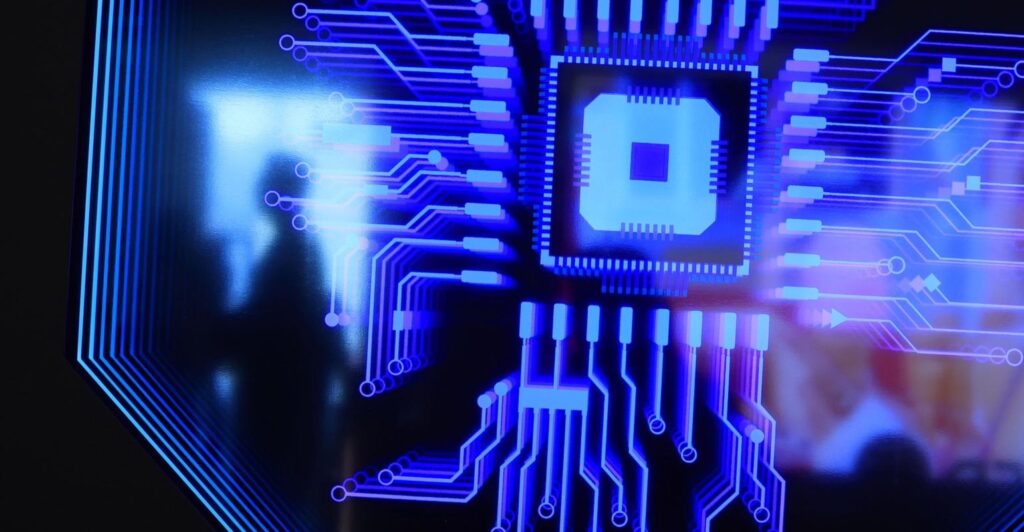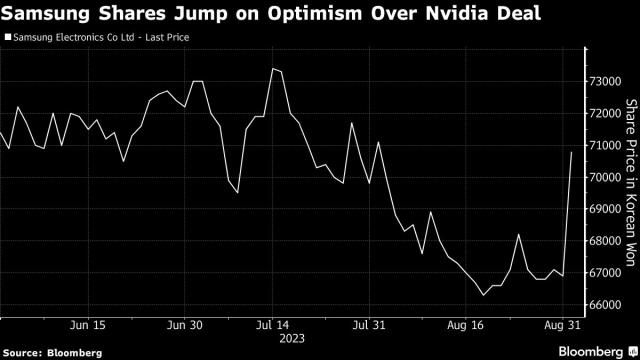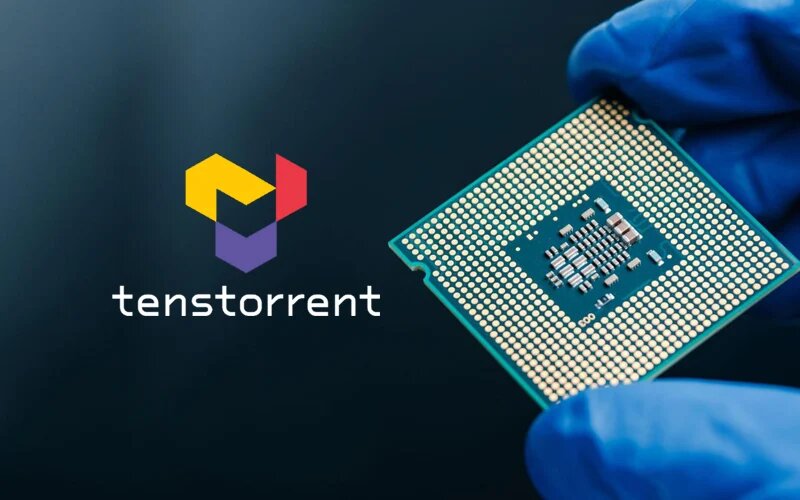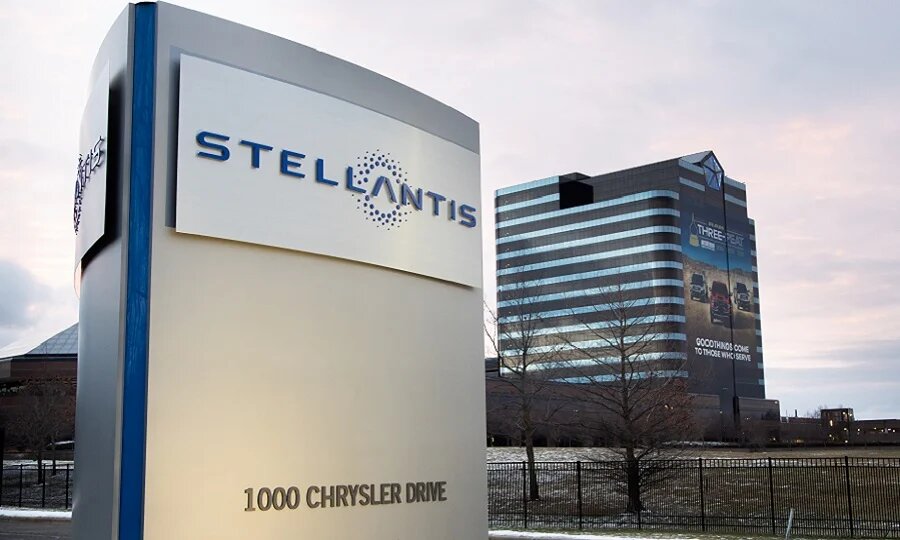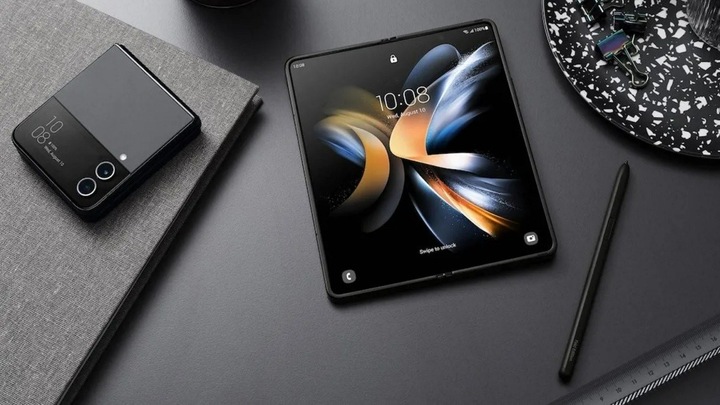Samsung Announces “A New Era of Galaxy AI,” Starting with AI Live Translate Call
In a groundbreaking move, Samsung has unveiled its ambitious plans for a revolutionary mobile AI experience, heralding a new era in communication, productivity, and creativity. Dubbed “Galaxy AI,” the comprehensive initiative aims to empower users globally through a fusion of on-device AI developed by Samsung and cloud-based AI collaborations with industry partners.
The flagship feature, AI Live Translate Call, takes center stage, offering real-time audio and text translations during phone calls with individuals speaking different languages. This innovation seamlessly integrates into the native calling function, eliminating the need for third-party translation apps. Crucially, Samsung emphasizes that translations occur directly on the device, prioritizing user privacy.
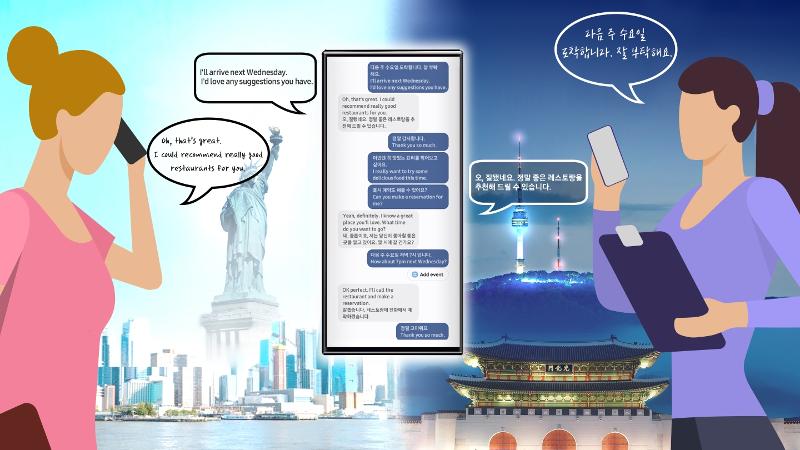
Image Source: samsungmobilepress.com
While details on specific features remain elusive, Samsung’s press release hints at Galaxy AI’s broader mission—breaking down communication barriers, streamlining productivity, and fostering creativity in key aspects of daily life. The tech giant assures users that these advancements will be coupled with a steadfast commitment to maintaining privacy and security.
Galaxy AI as a comprehensive intelligence offering
Wonjoon Choi, Executive Vice President and Head of R&D for Samsung’s Mobile eXperience Business, envisions Galaxy AI as a “comprehensive intelligence offering” poised to “change how we think about our phones forever.” This sentiment underscores the transformative potential Samsung sees in integrating AI seamlessly into the mobile experience.
The anticipated launch of Galaxy AI in early 2023 has piqued the curiosity of tech enthusiasts and Samsung users alike. The promise of an AI-driven mobile future prompts questions about the specifics of how productivity and creativity will be redefined through Samsung devices.
This announcement follows Samsung’s earlier revelation of Gauss, the company’s proprietary large language model designed for tasks such as email composition, summarization, and image creation. While currently limited to internal use, Samsung hints at plans to release Gauss for Galaxy phones, further solidifying the company’s commitment to integrating cutting-edge AI into its consumer-facing products.
As the tech world eagerly awaits the rollout of Galaxy AI, Samsung appears poised to set a new standard for mobile intelligence, offering users a glimpse into the transformative potential of AI in enhancing the way we communicate, work, and create with our smartphones.

I am a law graduate from NLU Lucknow. I have a flair for creative writing and hence in my free time work as a freelance content writer.
